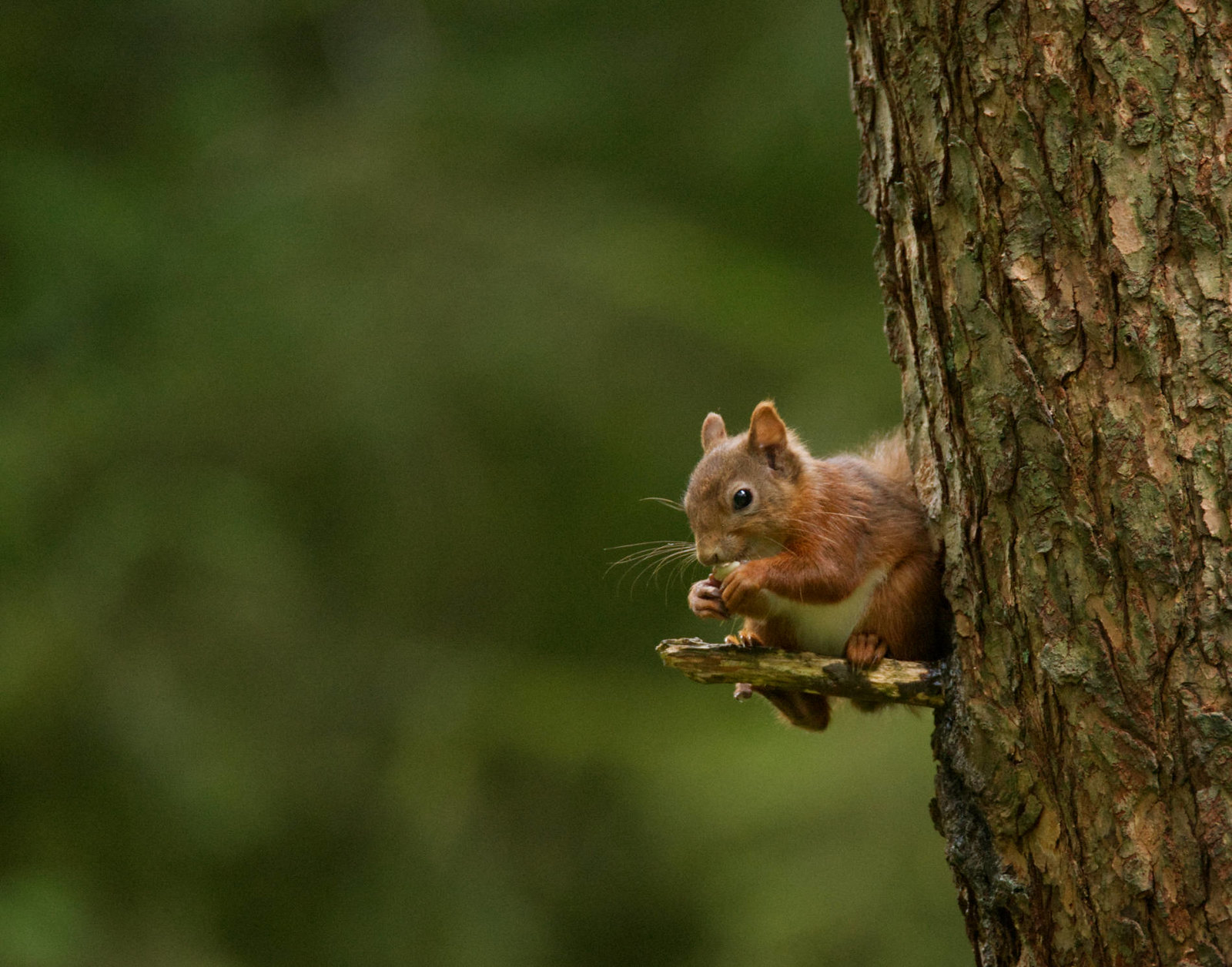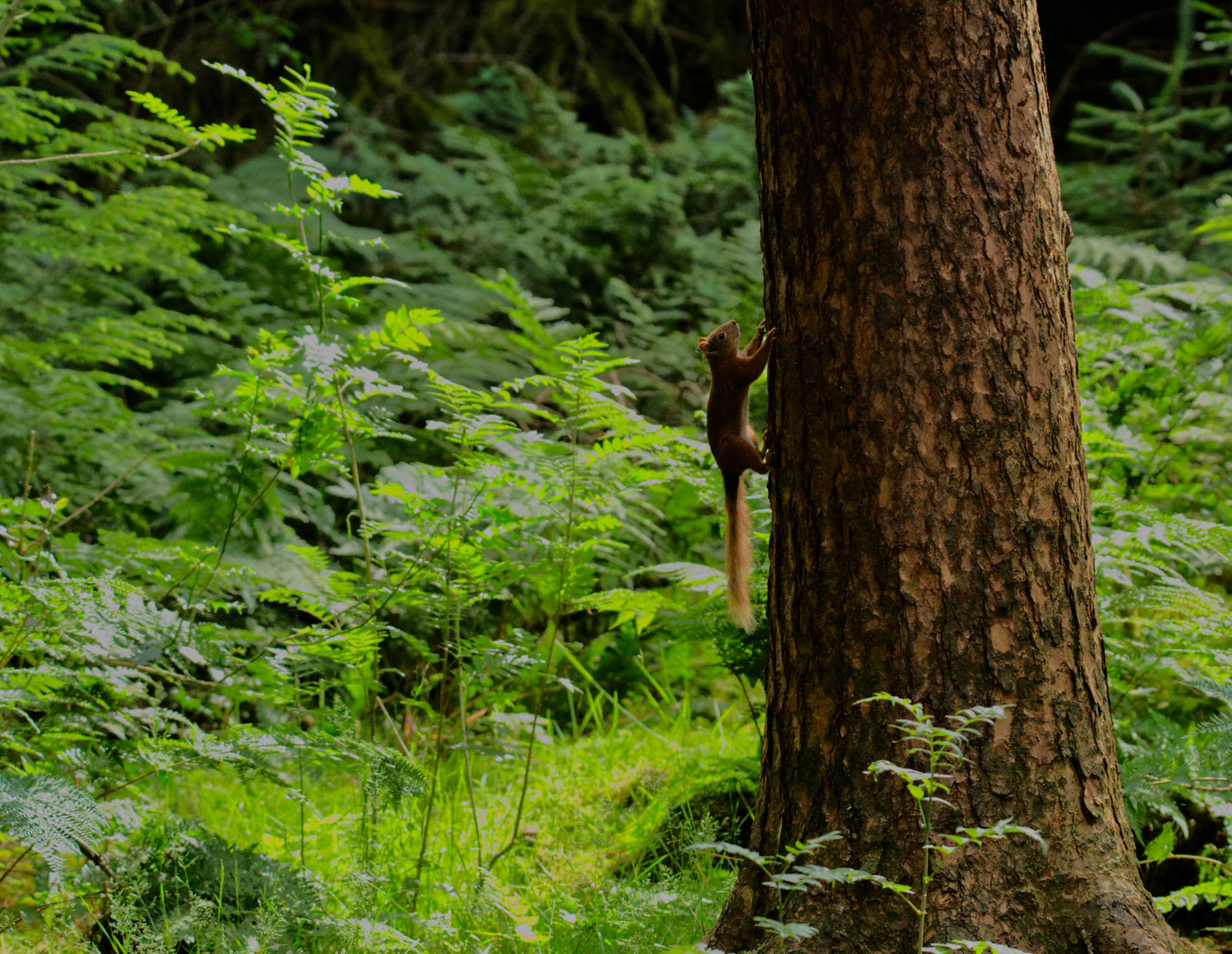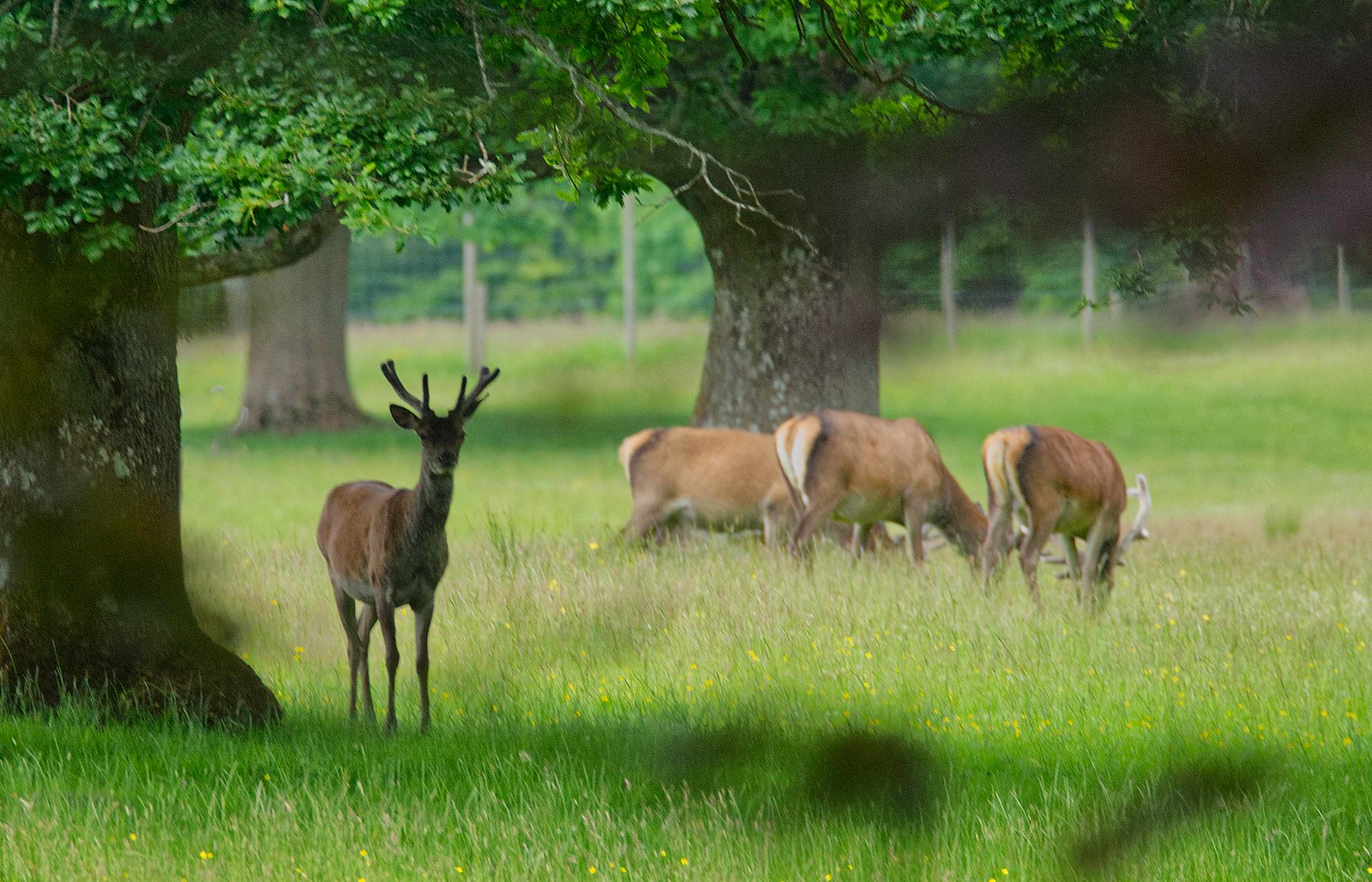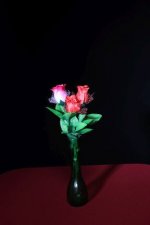I think you need to change your outlook from disabled to less abled.Thanks for this excellent reply and everyone else who has replied.
I am looking at getting a folding electric wheelchair to fit in my car but worried about getting off trains and buses, any tips regarding this?
I have joined a camera club and projects are set which is good.
It hit home when my best mate shot some stunning landscapes but I couldn't even dream of getting to the location.
This may sound harsh, but it is this attitude that got me through my loss of mobility over the last three years.
I have a powered wheelchair and an all terrain mobility scooter, one of which is permanently in my car. The car is fitted with an electric hoist to lift my chair and scooter so I can go anywhere in the country on my photographic trips.
While I agree a lot of forward planning is needed, I have travelled the North Coast 500, Snowdonia and several other locations for landscapes, many cities for street photography, and wildlife centres for nature photography. There is also the garden for bird photography and macro photography.
Believe me when I say Google maps is your friend, if a location can be reached by car, then it is within your reach. So many people with mobility issues are regarded as disabled - well p*** on them, I say. I am an able photographer who is less abled in getting around. Simples!!!






